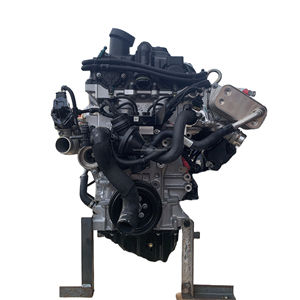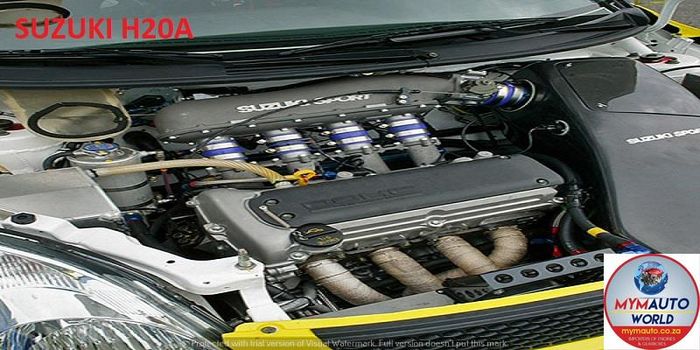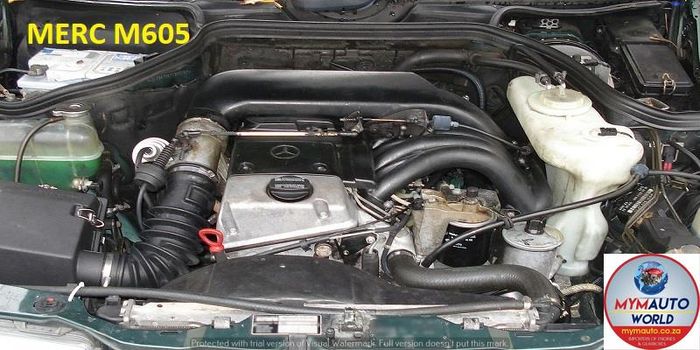Opel Corsa Engine: Performance and Integrity for Your Vehicle
Opel Corsa Engine: Performance and Integrity for Your Vehicle
Blog Article
Discovering the Inner Functions of a Compact Car's Engine System
As motorists, we commonly take for given the elaborate processes that take place within the confines of our lorry's engine system. In this exploration of a portable automobile's engine system, we will untangle the internal functions of this mechanical harmony, shedding light on the secrets that drive us onward on our daily trips.
Burning Process Introduction
The burning process in a small lorry's engine system is a vital device that efficiently converts fuel right into power to power the car. This procedure takes place within the combustion chamber of the engine, where gas and air mix, ignite, and produce regulated explosions. The combustion process is composed of 4 major stages: intake, power, exhaust, and compression.
Throughout the intake phase, the piston moves downward, pulling in a mix of air and gas into the burning chamber. The next phase, compression, includes the piston relocating up, pressing the air-fuel mix to raise its strength. Ultimately, in the power stage, the ignition system sparks the pressed mix, causing a fast development of gases that requires the piston pull back. This downward motion generates the power needed to drive the lorry. In the exhaust stage, the burnt gases are expelled from the combustion chamber via the exhaust valve, preparing the chamber for the next cycle. This cyclic combustion procedure is fundamental to the operation of a portable vehicle's engine system, making certain efficient power conversion for propulsion.
Piston and Cylinder Interaction

The piston's precise fit within the cylinder is vital for preserving ideal compression and stopping energy loss during combustion. Tight clearances between the piston and cyndrical tube wall surfaces make certain reliable securing, permitting the piston to relocate smoothly without allowing gases to leak past. Proper lubrication is additionally vital to decrease friction and put on in between these parts, improving durability and performance.
Furthermore, the design and products utilized in producing the piston and cylinder influence engine performance and durability. Modern engines often use light-weight yet resilient materials like light weight aluminum alloys for pistons and cylinder liners to lower inertia and boost thermal effectiveness. In general, the harmonious communication between the piston and cylinder is basic to the engine's performance and general performance.
Gas Shot System Functionality
Gas injection systems in compact lorry engines play an important function in exactly delivering gas to the combustion chamber for reliable and controlled ignition. The fuel injection system operates by injecting gas into the combustion chamber at the optimum moment throughout the engine's operation (opel corsa engine). This precise timing ensures that the gas mixes equally with the air for appropriate combustion, leading to boosted fuel effectiveness and lowered discharges
There are find out here mainly two sorts of fuel shot systems utilized in portable car engines: port gas injection (PFI) and straight fuel shot (DFI) PFI systems inject gas into the consumption port before the intake shutoff, while DFI systems inject fuel straight right into the combustion chamber. Both systems have their benefits, with DFI offering much better gas atomization and PFI giving a much more cost-efficient service.
Recognizing Engine Air Conditioning Mechanisms
Effective procedure of a compact lorry's engine relies greatly on the performance of its cooling mechanisms. Engine air conditioning is necessary to protect against overheating, which can result in significant damages and decreased performance. The air conditioning system in a portable vehicle normally is composed of several parts interacting to manage the engine temperature. One important component is the radiator, which utilizes coolant to soak up warmth from the engine. As the warm coolant moves via the radiator, it launches warmth right into the air, cooling prior to going back to the engine. The water pump flows the coolant via the engine and radiator, ensuring a consistent flow to regulate temperature. In addition, the thermostat aids regulate the coolant flow to keep optimal engine temperature level. Some lorries likewise have cooling down followers that trigger when added air conditioning is needed, such as throughout heavy traffic or warm weather. Understanding these engine cooling mechanisms is crucial for maintaining the performance and long life of a small vehicle's engine system.

Exhaust System Elements Explained
The ideal functioning of a portable automobile's engine cooling mechanisms relies on a complementary system known as the exhaust system, which consists of different important parts for making sure efficient exhausts and engine performance. The exhaust system consists of elements such as the exhaust manifold, catalytic converter, muffler, and tailpipe. The exhaust manifold collects exhaust gases from the engine's courses and cylinders them to the catalytic converter. The catalytic converter after that converts harmful toxins in the exhaust into much less damaging emissions before launching them with the right here muffler and tailpipe.
One vital component of the exhaust system is the oxygen sensor, which checks the oxygen levels in the exhaust gases to assist manage fuel usage and make certain optimal engine performance. opel corsa engine. In addition, the resonator might exist in some exhaust systems to minimize sound degrees. Overall, the exhaust system plays an important function in keeping engine effectiveness, lowering hazardous discharges, and making certain a quieter driving experience for portable vehicle owners

Final Thought
To conclude, the compact car's engine system is a complicated mix of components that interact to assist in the burning procedure, convert fuel into energy, and eliminate waste gases. Comprehending check that the inner functions of the engine system, including the piston and cyndrical tube communication, gas injection system, engine cooling mechanisms, and exhaust system components, is vital for keeping optimum efficiency and efficiency of the vehicle.
The combustion process in a compact vehicle's engine system is an important device that successfully transforms gas right into power to power the automobile.Gas injection systems in small car engines play a vital function in exactly providing fuel to the combustion chamber for efficient and controlled ignition.There are largely 2 kinds of gas shot systems utilized in small car engines: port fuel injection (PFI) and straight fuel injection (DFI) Understanding these engine air conditioning devices is crucial for preserving the performance and durability of a compact vehicle's engine system.
The optimum performance of a small vehicle's engine cooling devices depends on a corresponding system known as the exhaust system, which comprises numerous crucial parts for making certain effective discharges and engine performance.
Report this page